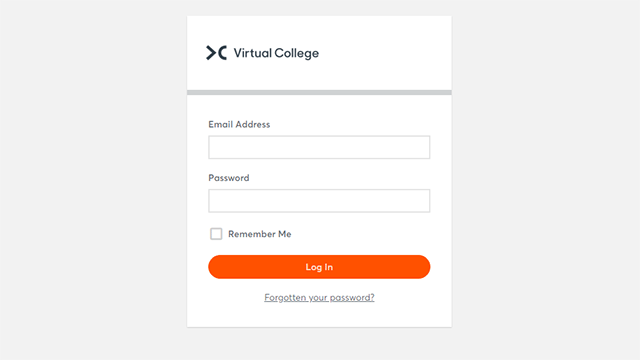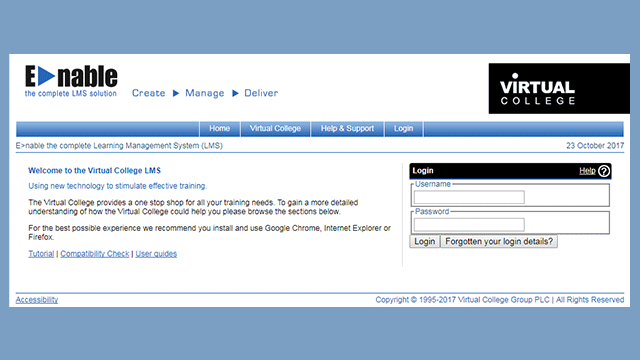PAT Testing Course
All workplaces need to comply with the Electricity at Work Regulations 1989 by ensuring electrical equipment is maintained in good condition. As part of our essential Health and Safety training collection, our PAT Testing Online Course teaches you how to properly verify the safety of portable electrical appliances. Portable Appliance Testing is one of the most effective methods for maintaining electrical safety in the workplace. Learn the techniques and receive an instant digital certificate upon completion.
This course was reviewed and updated in February 2025
Course Overview
Format
- Intermediate
- 30 - 45 Minutes
- Online Study
- Self-Printed Certificate
Accreditation
- 3 CPD points
- 1 CPD Hour
- CPD Certified
Course description
The Electricity at Work Regulations 1989 require that any electrical equipment that has the potential to cause injury is maintained in a safe condition. Portable Appliance Testing is one way in which to ensure electrical equipment is safe.
Electronic appliances are everywhere at home and work, but faulty electronics is a leading cause of fires, and getting electrocuted is also a risk when appliances are not maintained. Hundreds of people get seriously injured or die because of faulty electronics so checking equipment is an important prevention method.
This course teaches you how to carry out a Portable Appliance Test (PAT) on your personal appliances. You’ll find out how to identify the different types of electronic items and become familiar with the testing equipment. You’ll find out about the different ways damage can happen to electrical equipment, appliances and their flexes.
As stated in the IEE Code of Practice - in order to comply with these regulations, the tester must have an understanding of the modes of electrical, mechanical or thermal damage to electrical equipment and appliances as well as their flexes which may be encountered in a work environment.
Training for testers must include the identification of equipment and appliance types to determine the test procedures, and the frequency of inspection. Persons testing must be familiar with the test instruments used and in particular their limitations and restrictions, so as to achieve repeatable results without damaging the equipment or the appliance.
Test and PAT testing certificate
At the end of the PAT testing training course there will be a multiple-choice quiz, comprimising of 21 question, testing your knowledge of the topic. The pass mark is set at 80% but don't worry you can attempt the test as many times as is needed.
Following the successful completion of the course you will receive a digital certificate, which you can download or print. We recommend that you keep these for your records.
The portable appliance testing course is CPD approved and their logo is included on the certificate.
All portable appliance testing equipment is different. It is the learner’s responsibility to make sure that they have read and understood the manufacturer’s user manual for their PAT testing equipment before attempting to carry out PAT testing.
Although we make every reasonable attempt to verify the accuracy of the technical information and advice provided in this portable appliance testing course, we accept no responsibility for loss or damage to persons or equipment resulting from its application or interpretation.
What's covered in this PAT Testing course?
Our online PAT Testing training course is broken down into four sections and can be completed at your own pace, this PAT testing course includes:
| Module | What it includes |
| Introduction and Learning Outcomes | The course starts by explaining the importance of PAT testing and the dangers of it. There is also a knowledge check to find out how much you know about the topic. |
| Your PAT Tester's Toolkit | To safely PAT test you will need several pieces of equipment, here we look at the tools that are needed and explain what each one does. |
| PAT Testing Class I (1) Appliances | There are two different classes of device and before you start PAT testing you need to know which class your device falls into. Here we explain the 1 Class, what devices sit in this category, symbols, common everday examples of class 1 devices, the process for PAT testing these devices, how to conduct a vidual inspection, bond test, an insualtion test, leakage check and a functional check. |
| PAT Testing Class II (2) appliances | Following on from knowledge gained in the previous part of the course here we look at the same topics when it comes to class 2 devices and how you record the results of your tests. |
| Practise Your Skills | The final section of the course provides scenarios of common PAT tested items and what you would do in each situation through a series of knowledge checks. |
Duration
This online PAT testing course should take approximately 30 - 45 minutes to complete. The length of time taken depends entirely on how quickly you can study and absorb the material. You can proceed as quickly or slowly as you like.
The training saves automatically as you work through the course so it can be completed convenience.
Target Audience
This module is suitable for anyone interested in becoming a competent person in portable appliance testing.
Entry Requirements
There are no specific entry requirements for this course.
What training can I do next?
PAT Testing is a vital part of health and safety, we offer many other courses covering the latest legislation and guidance including our Complete Health and Safety Package, Health and Safety at Work Training Package and Fire Safety Training.
PAT Testing Qualification
Our online PAT Testing training is purely a vocational course and does not qualify you to carry out PAT testing on other people’s property.
This course is for anyone who wishes to update their knowledge on this subject or is going to be carrying out PAT testing on their own premises.
You will learn
- The key equipment and tools needed to carry out a Portable Appliance Test
- How to identify and test Class I appliances, including inspection, insulation and leakage tests
- How to identify and test Class II appliances, including inspection, insulation and leakage tests
- Troubleshooting and resolving common electrical safety issues in real-world scenarios
Who is it for?
Roles including:
- This module is suitable for anyone interested in becoming trained in portable appliance testing, supplementing formal training with an accessible resources
- Our course would suit anyone pursuing a recognised qualification in PAT testing, such as electricians, landlords, business owners and building managers
- Commercial Maintenance Staff
- Facilities Managers
- Office Maintenance Staff
- Caretakers
- Business Owners
- Building Managers
Legislation
Legislation covered in this course includes:
The Electricity at Work Regulations 1989 require that any electrical equipment that has the potential to cause injury is maintained in a safe condition.
Portable Appliance Testing is one way in which to ensure electrical equipment is safe. As stated in the IEE Code of Practice - testers must have an understanding of the modes of electrical, mechanical or thermal damage to electrical equipment and appliances and their flexes which may be encountered in a work environment.
Health and Safety Legislation and Compliance Electricity at Work Regulations 1989, Health & Safety at Work Act 1974, Management of Health & Safety at Work Regulations 1999, Use of Work Equipment Regulations 1998, Workplace Health and Safety Regulations 1992




























